As I mentioned before, I actually had a hard time booking my trip to the Bay Area a couple of weekends ago—whether out of a sense of responsibility, or guilt, or fear, I don't know.
I couldn't really justify just taking a weekend away—God forbid I take a vacation—and the Doors Open California events I was interested in just didn't seem like enough.
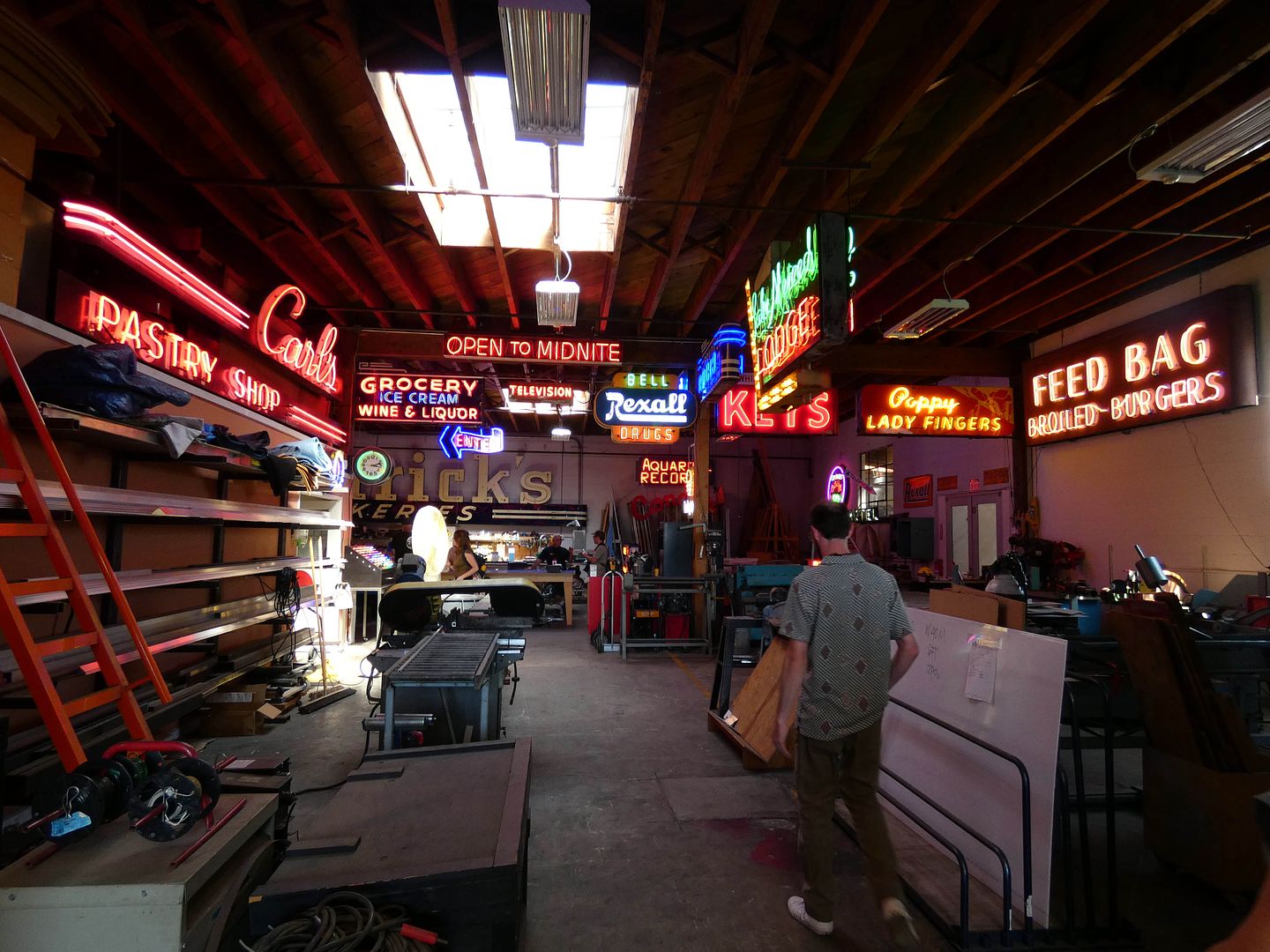
And then I stumbled across an event sponsored by the Neon Speaks Festival & Symposium, which was occurring that same weekend, and I thought, "OK, that clinches it."
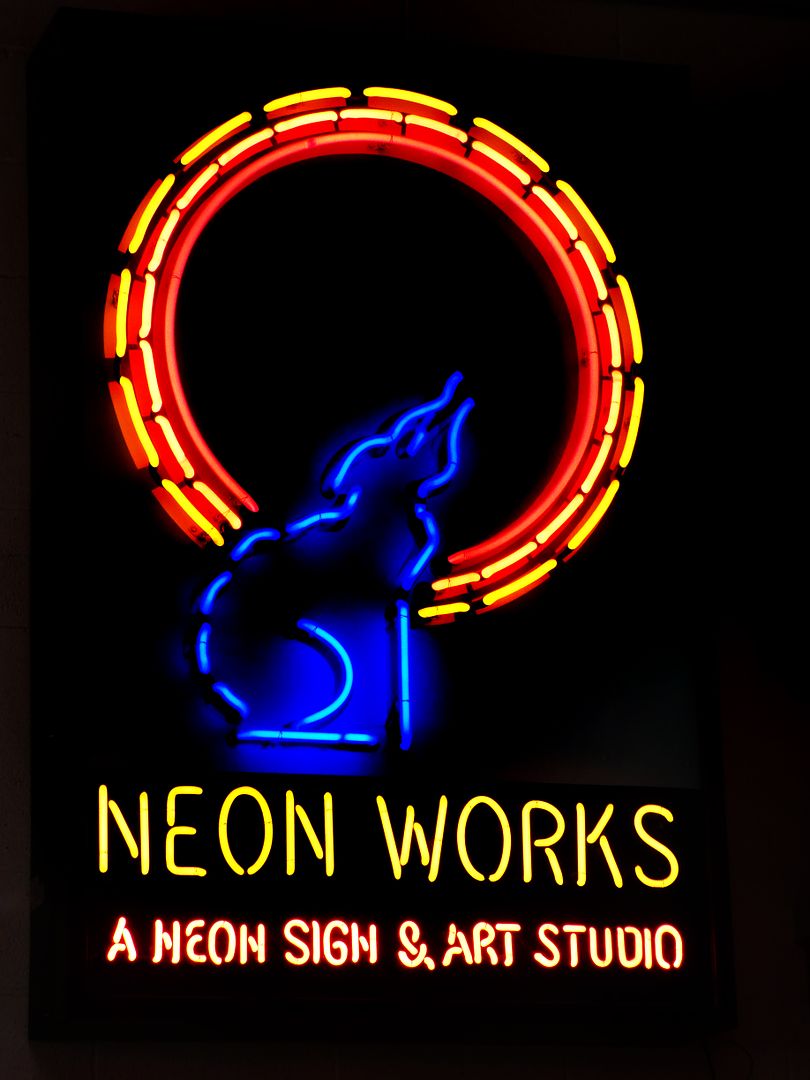
It was a shop tour of Neon Works, a studio in Oakland, California that has specialized in fabrication, maintenance, and restoration of neon signs since 1990—and in this location since the mid-aughts.
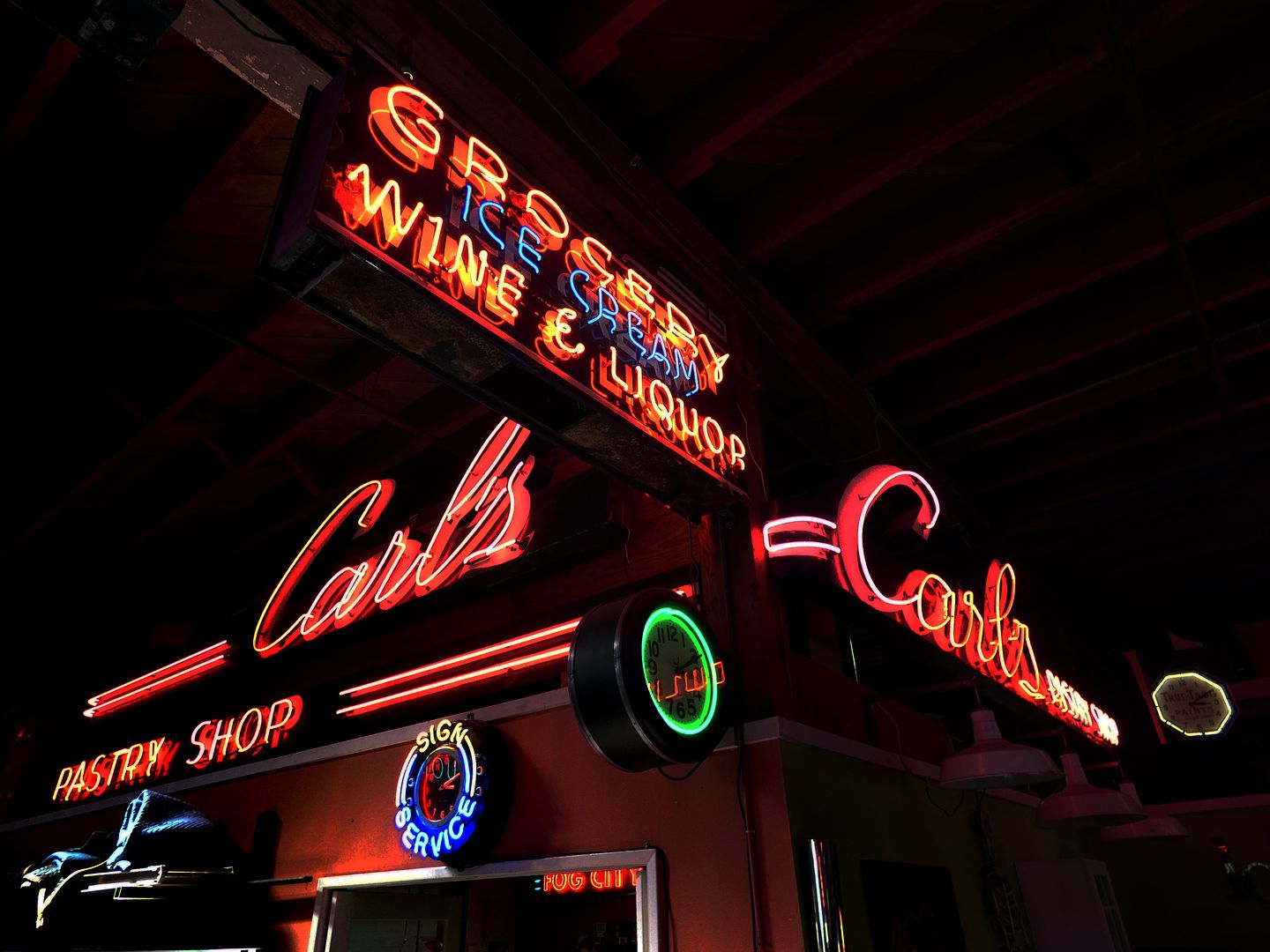
It's the last shop of its kind in the Bay Area—and owner Jim Rizzo is known locally as the "Neon King of the Bay Area."
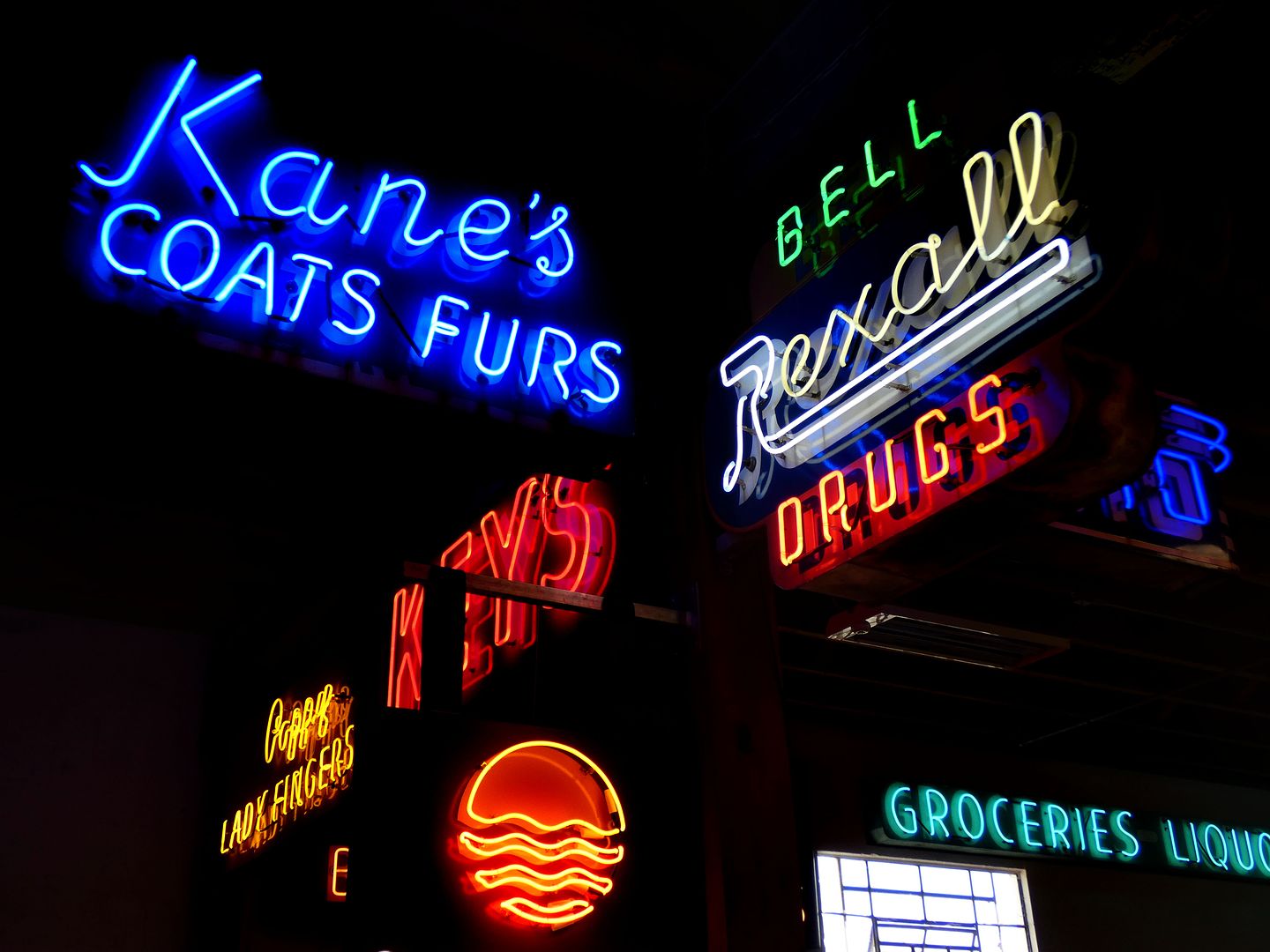

When you first walk into the space, it looks a lot like a neon museum—but the lit signs hanging on the walls and from the ceilings are actually mostly pieces salvaged from being discarded. 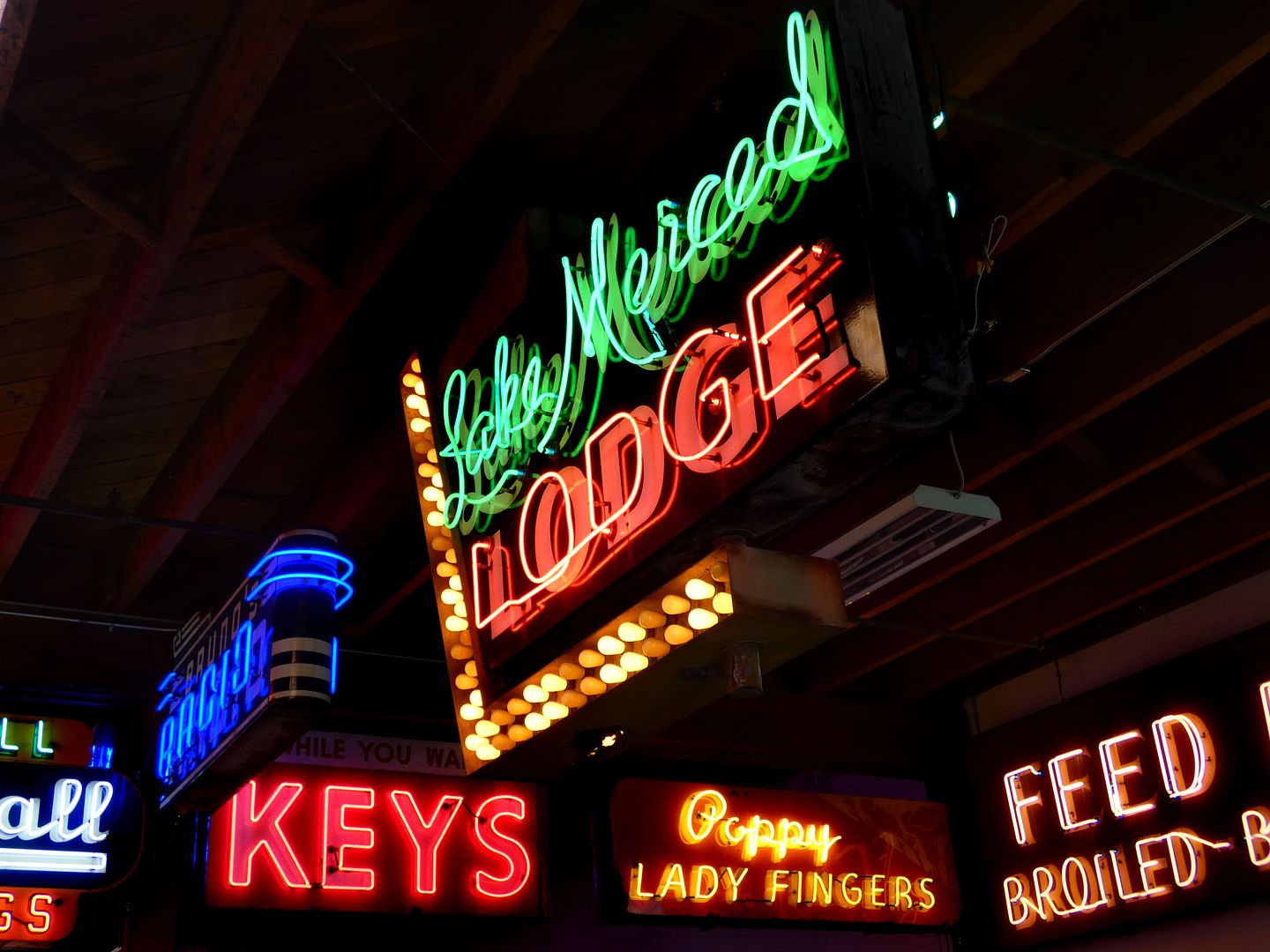

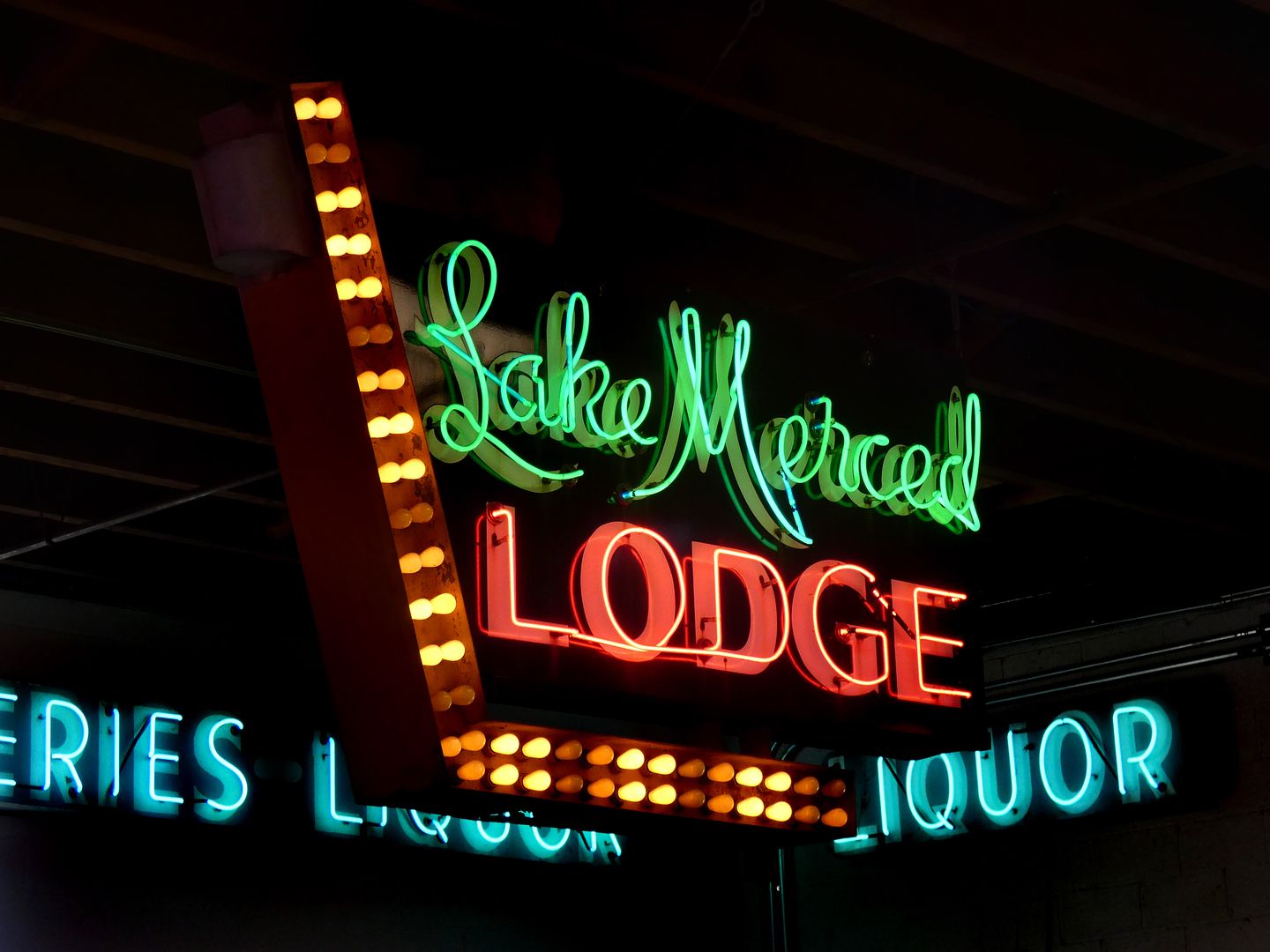
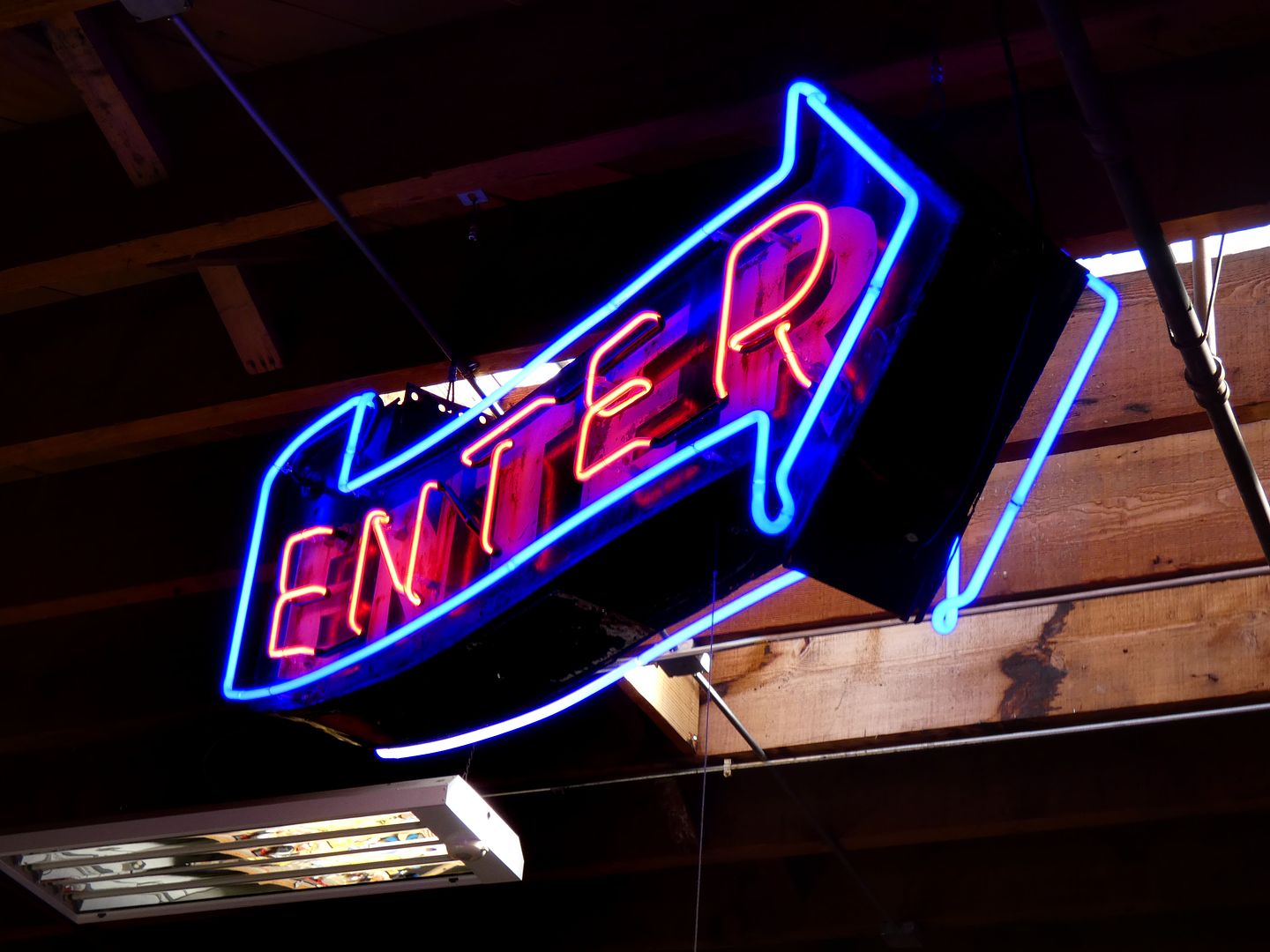
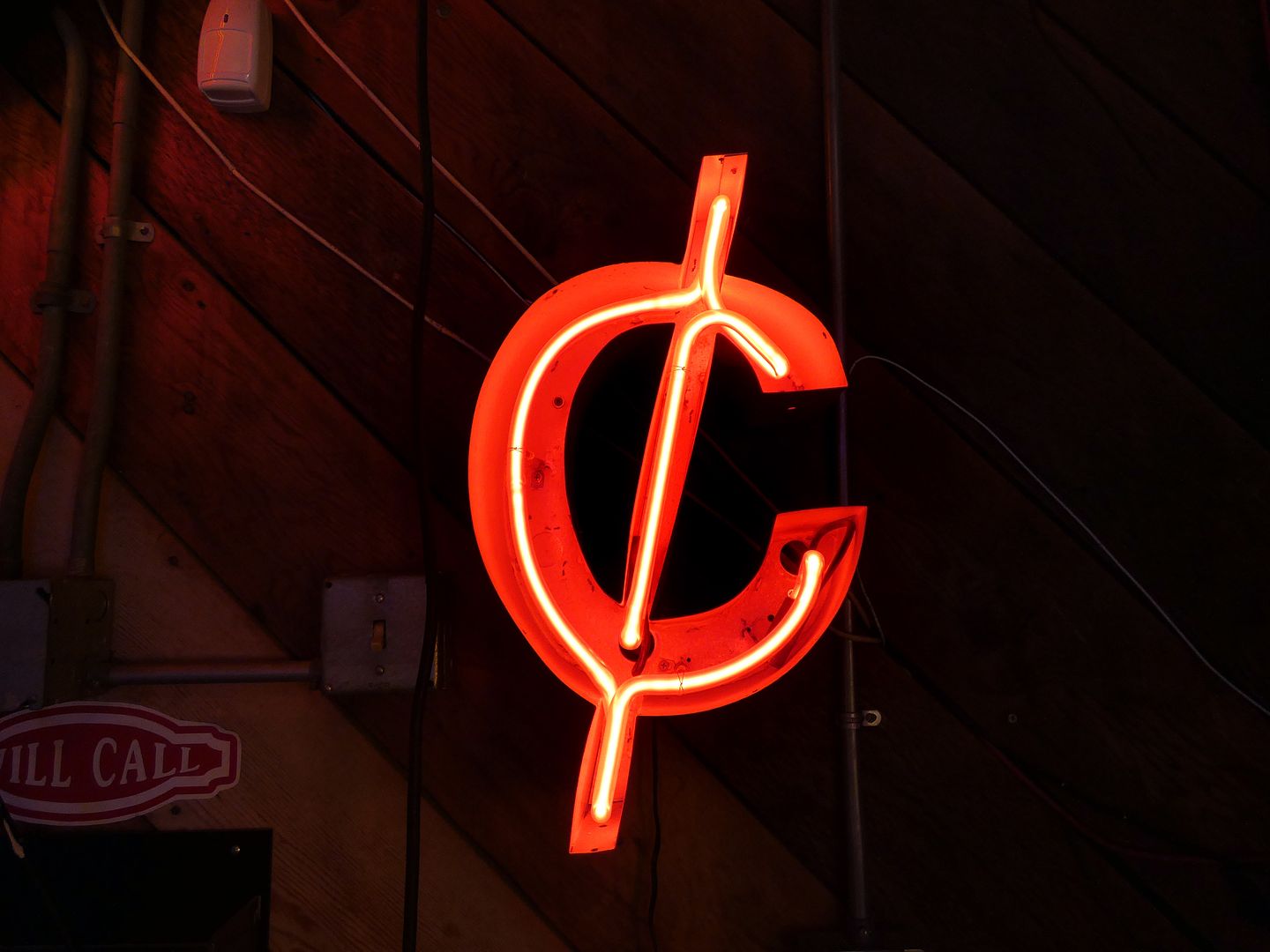
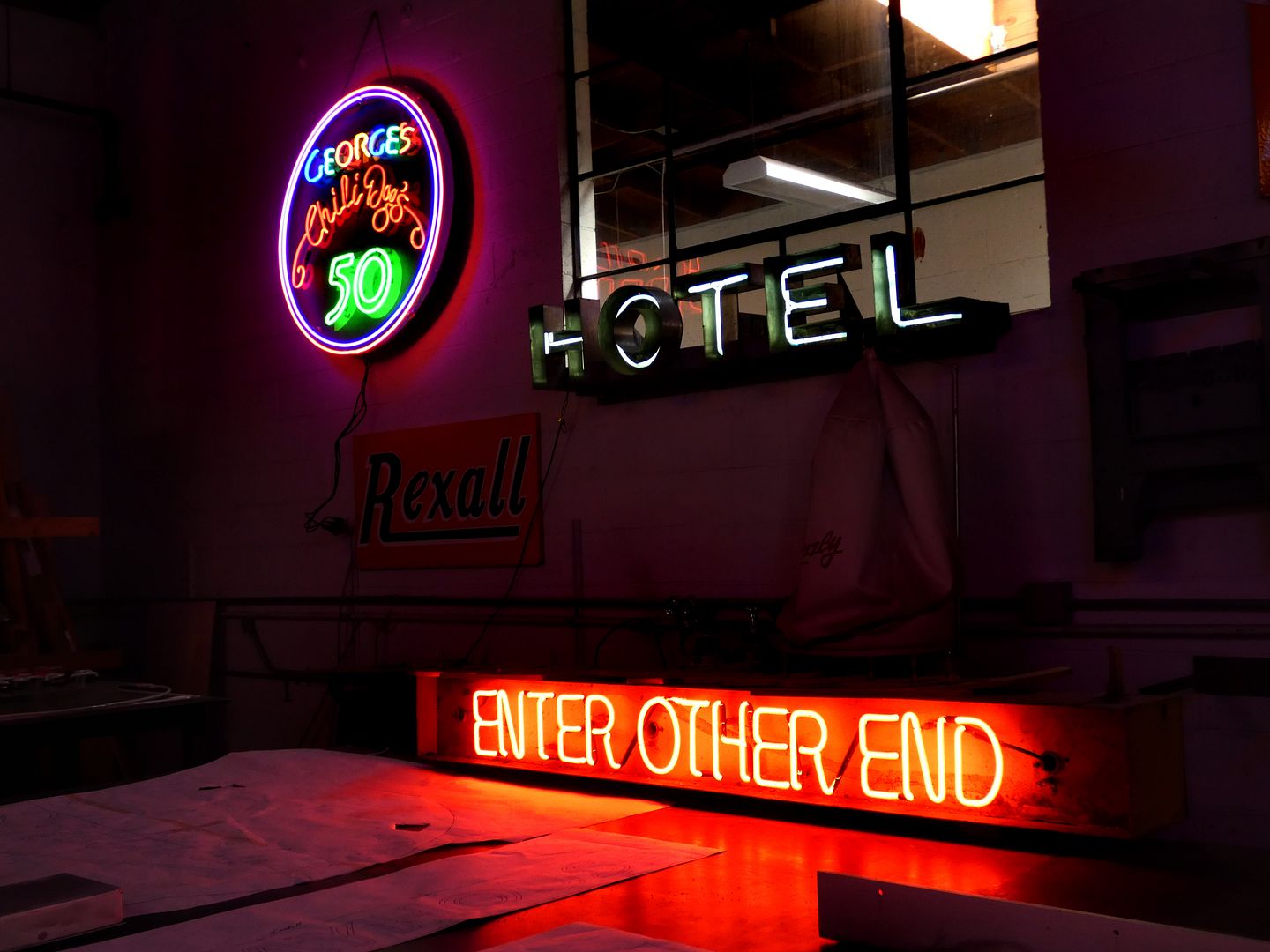

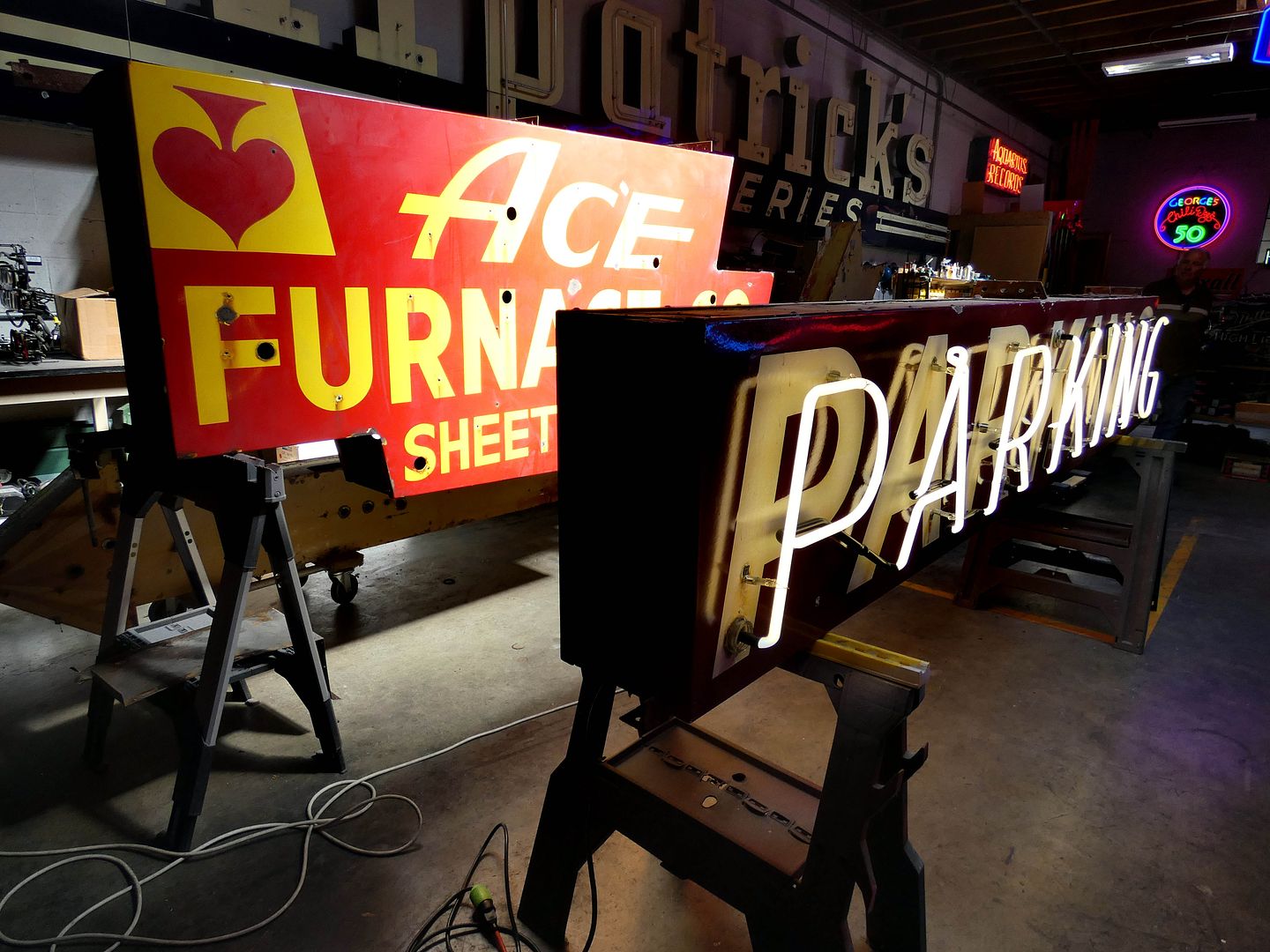
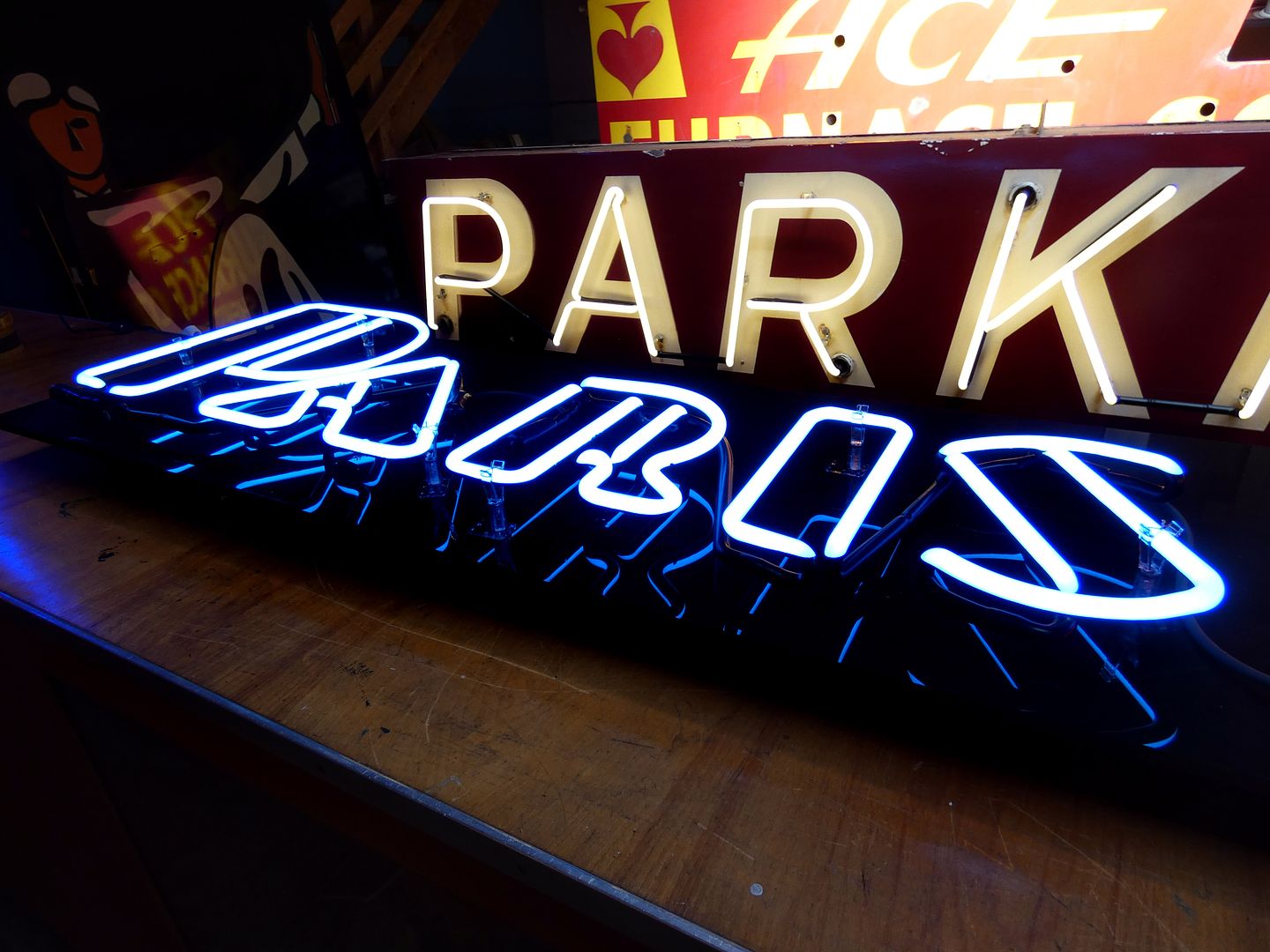
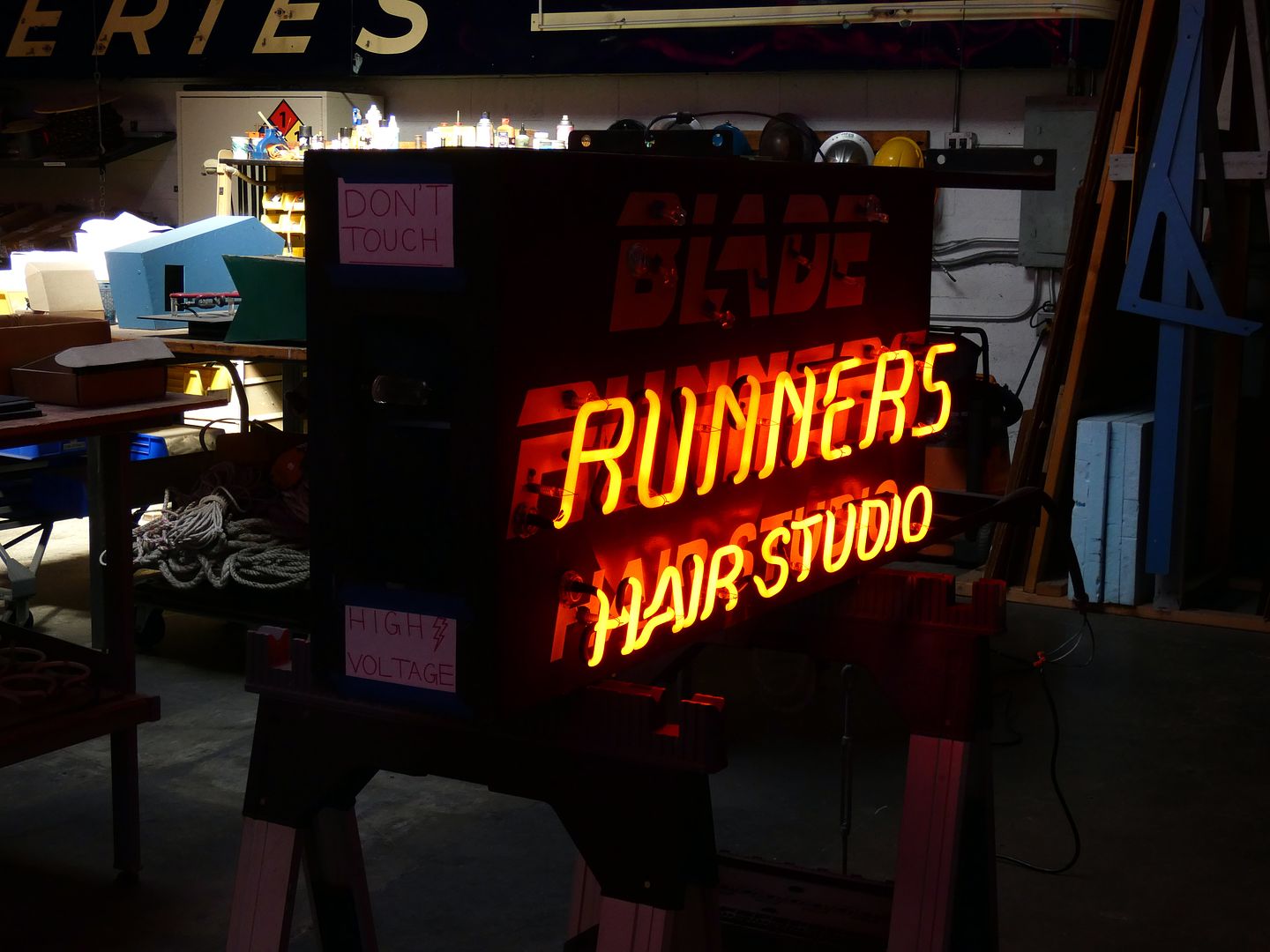
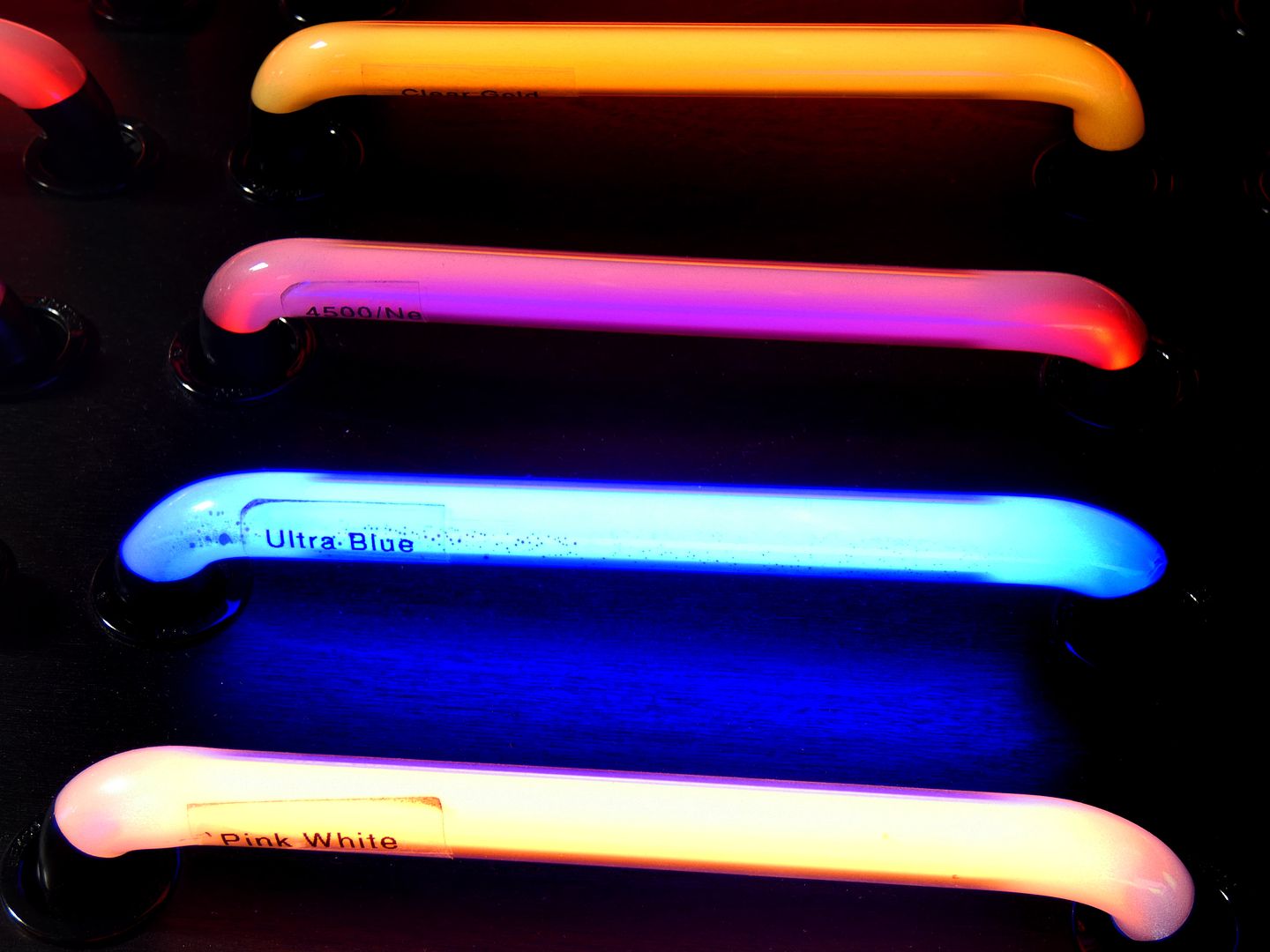
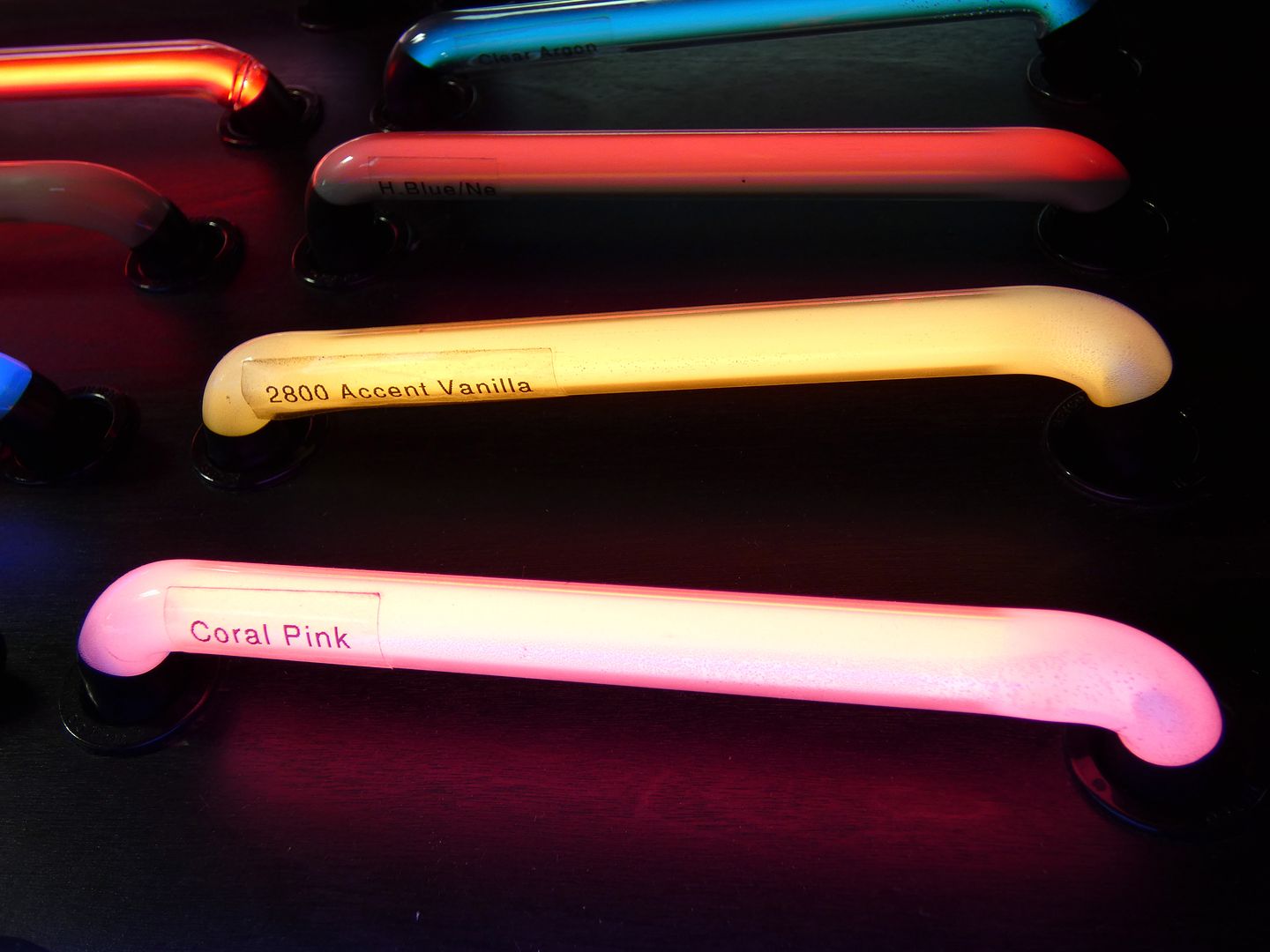
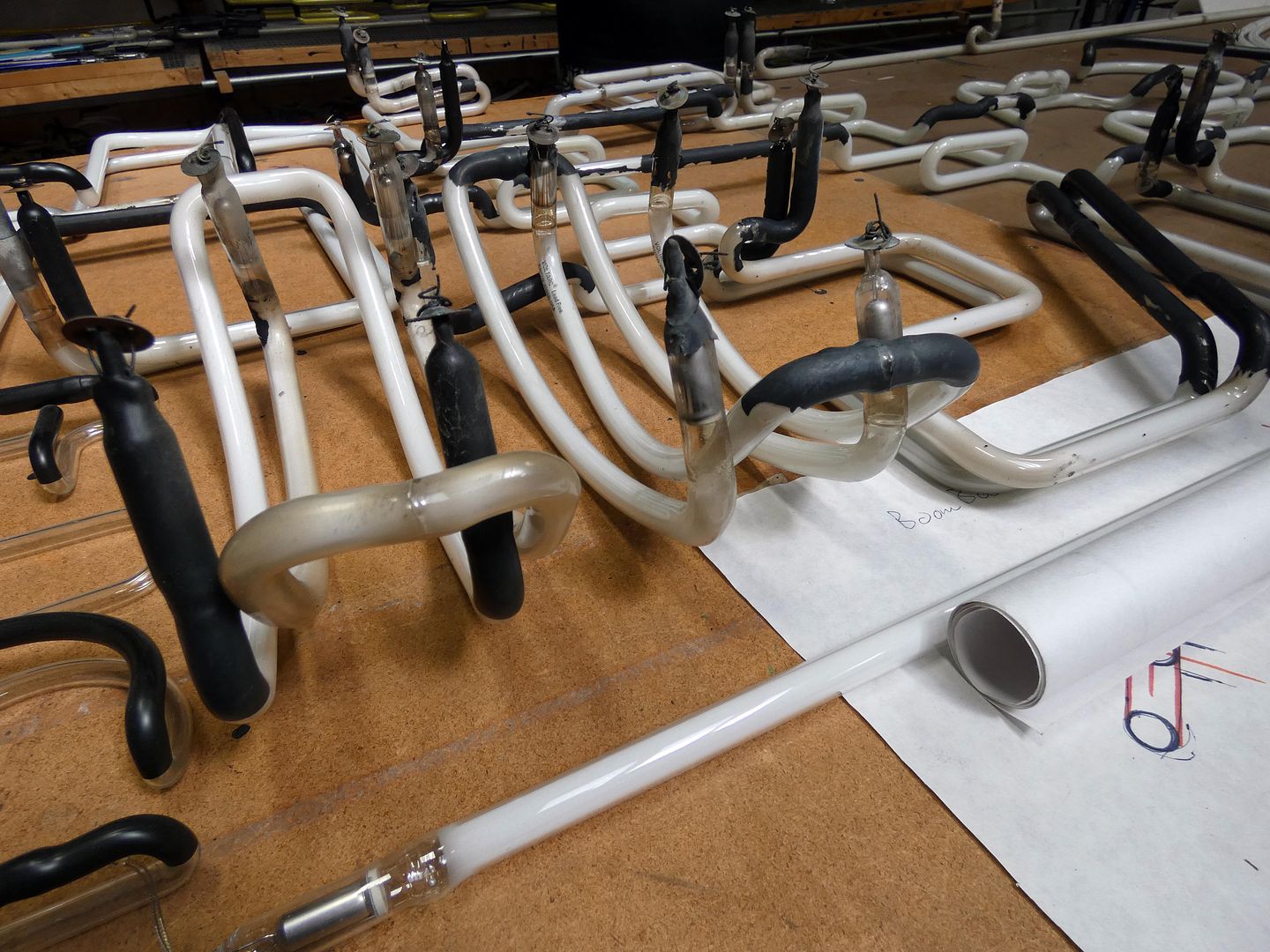
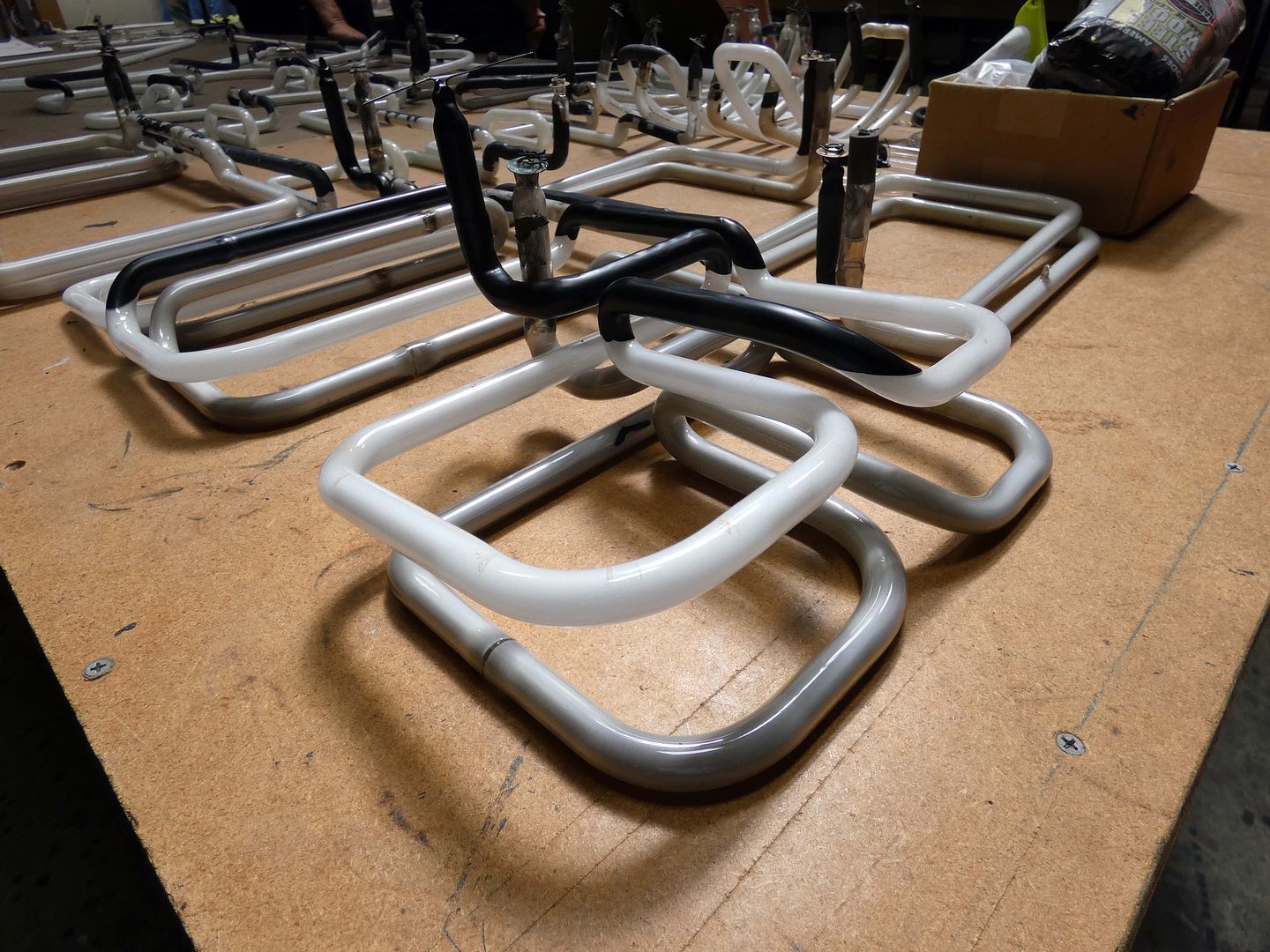
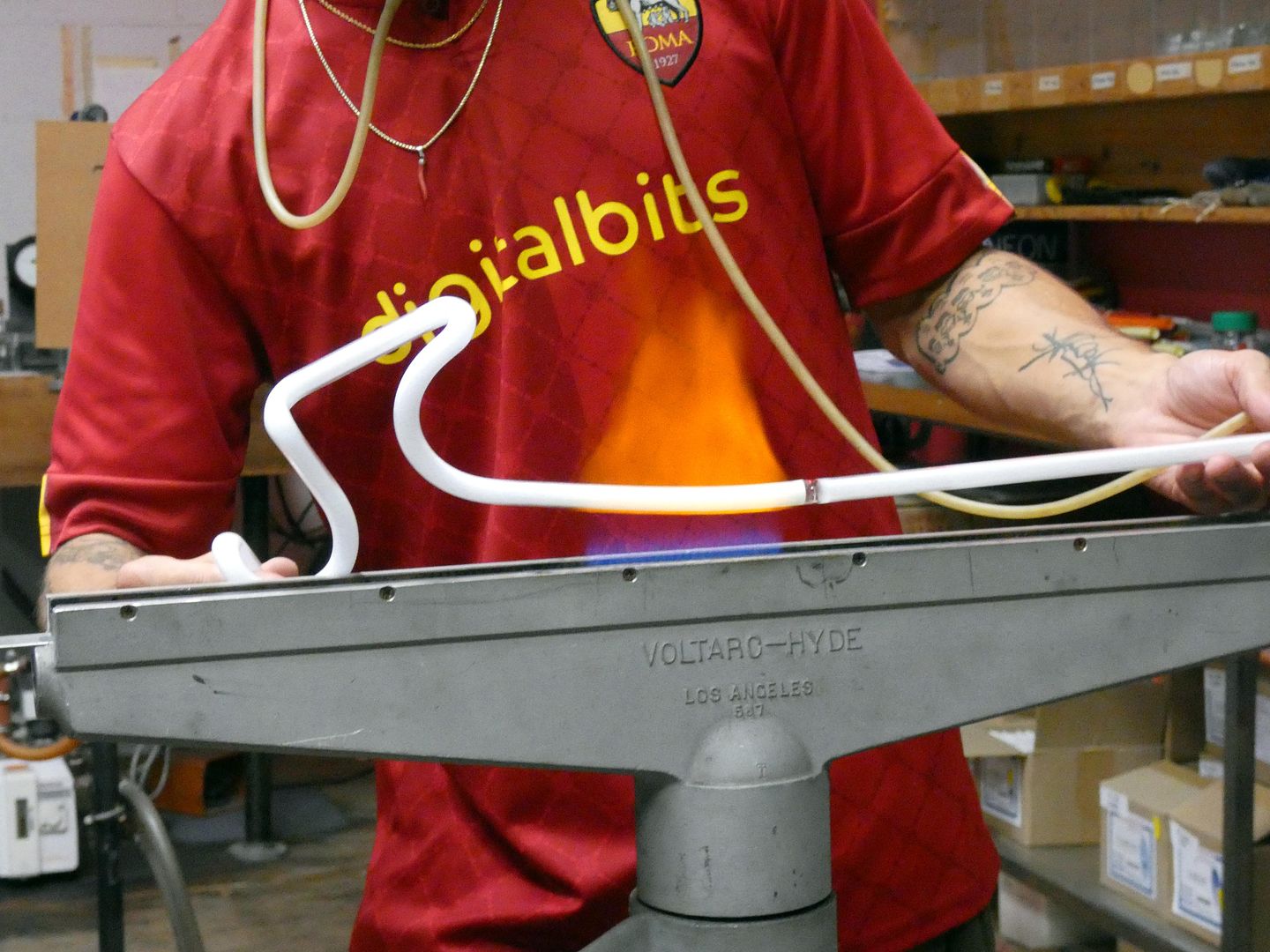
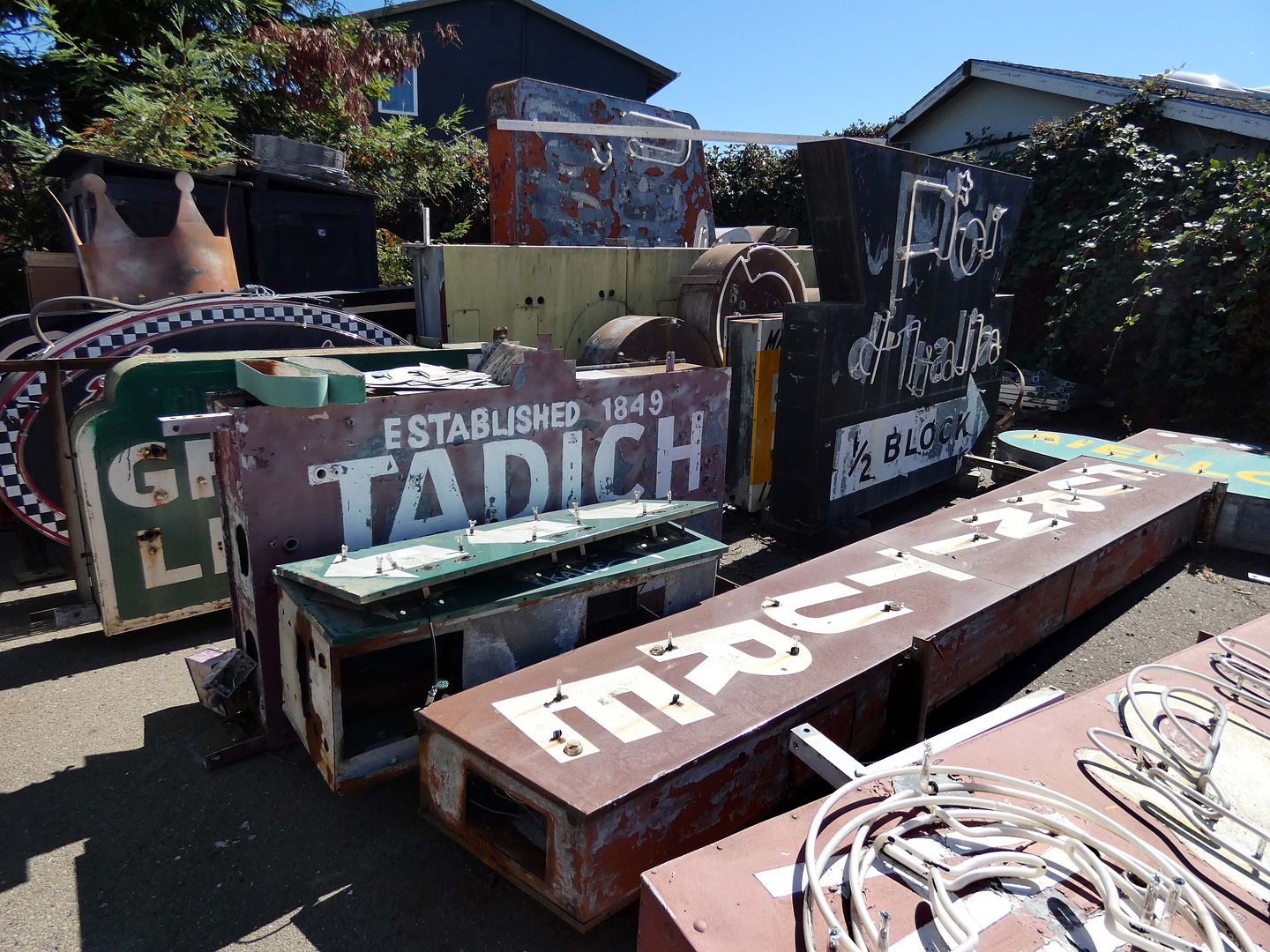
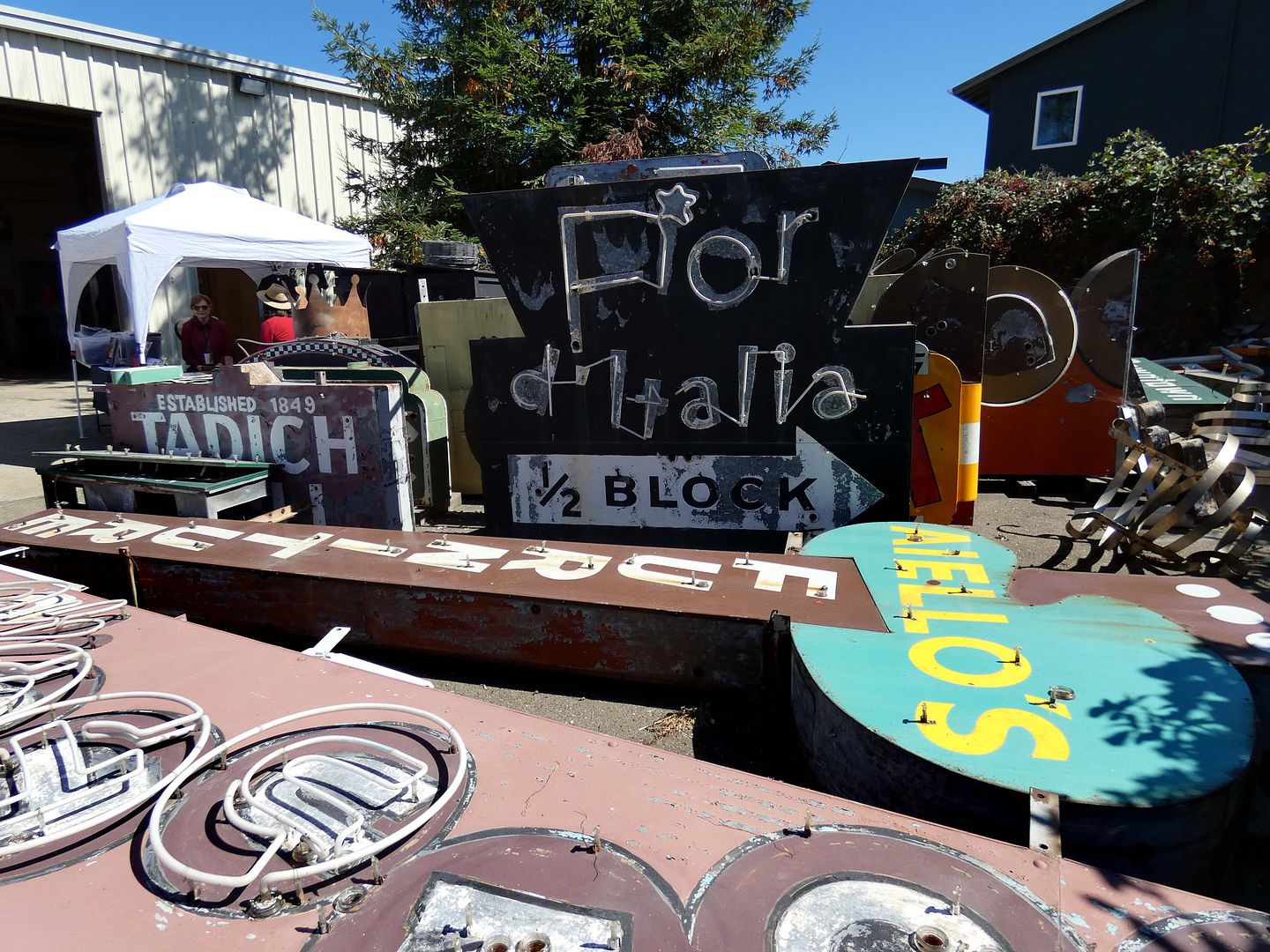
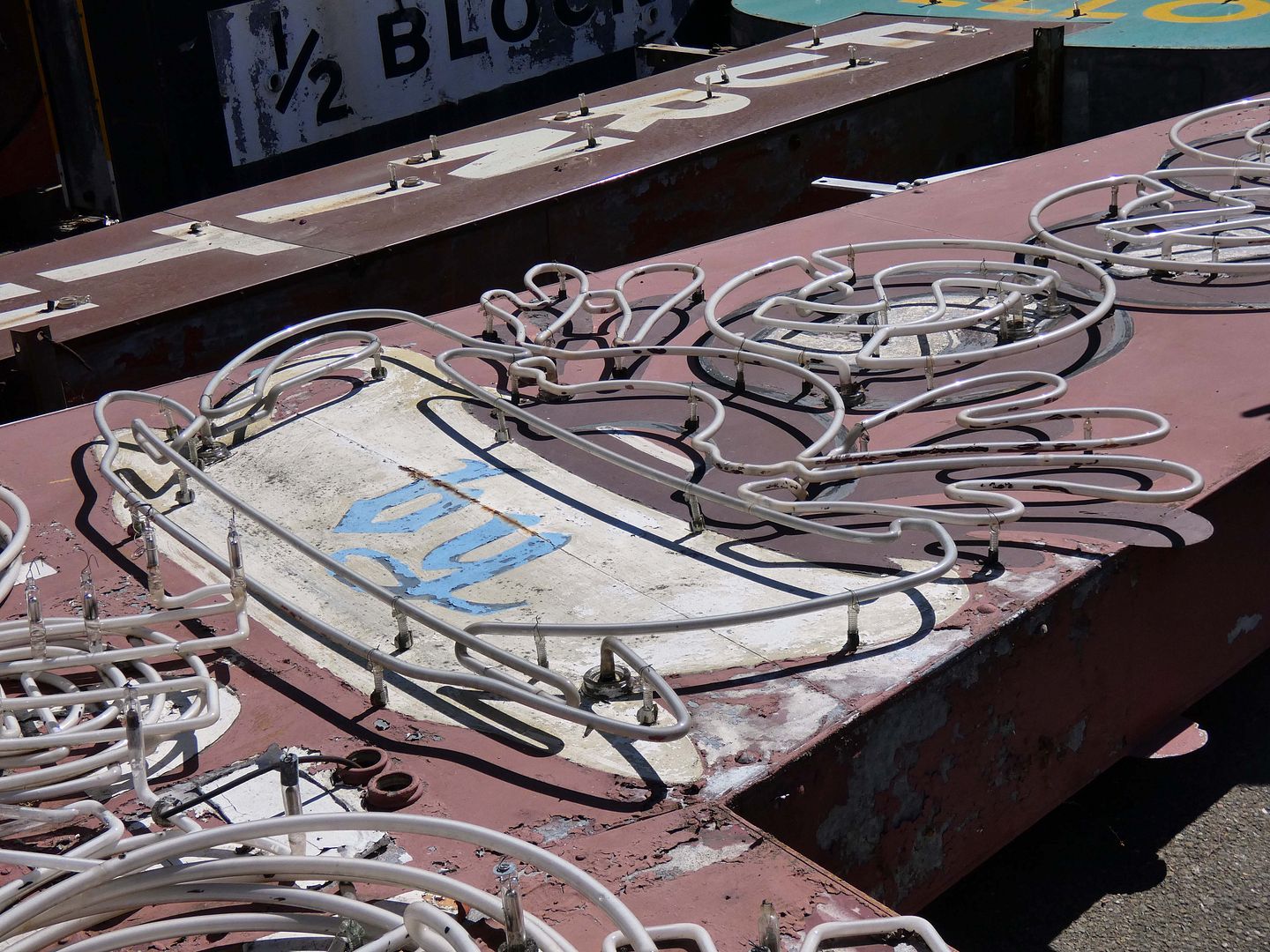
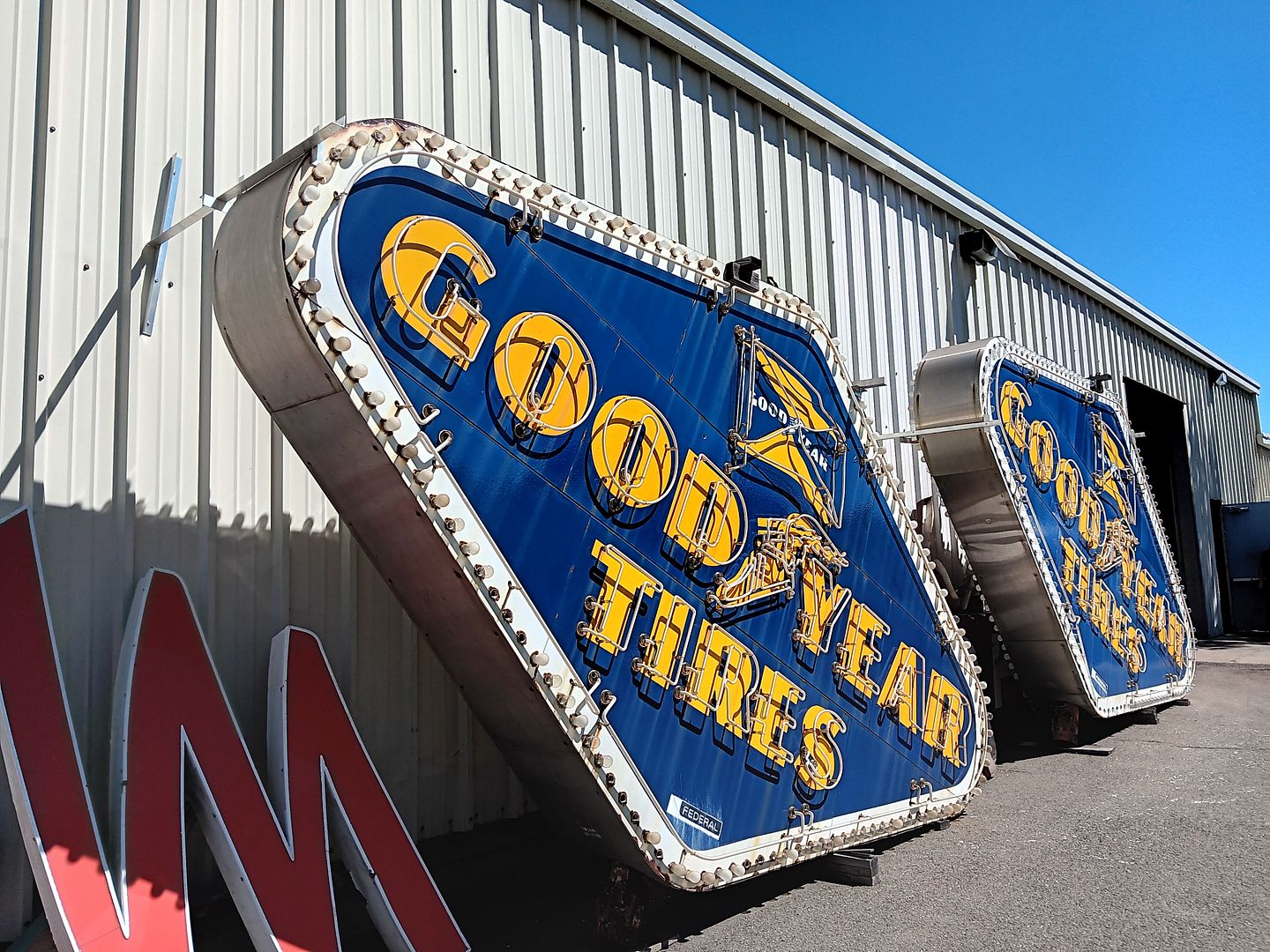
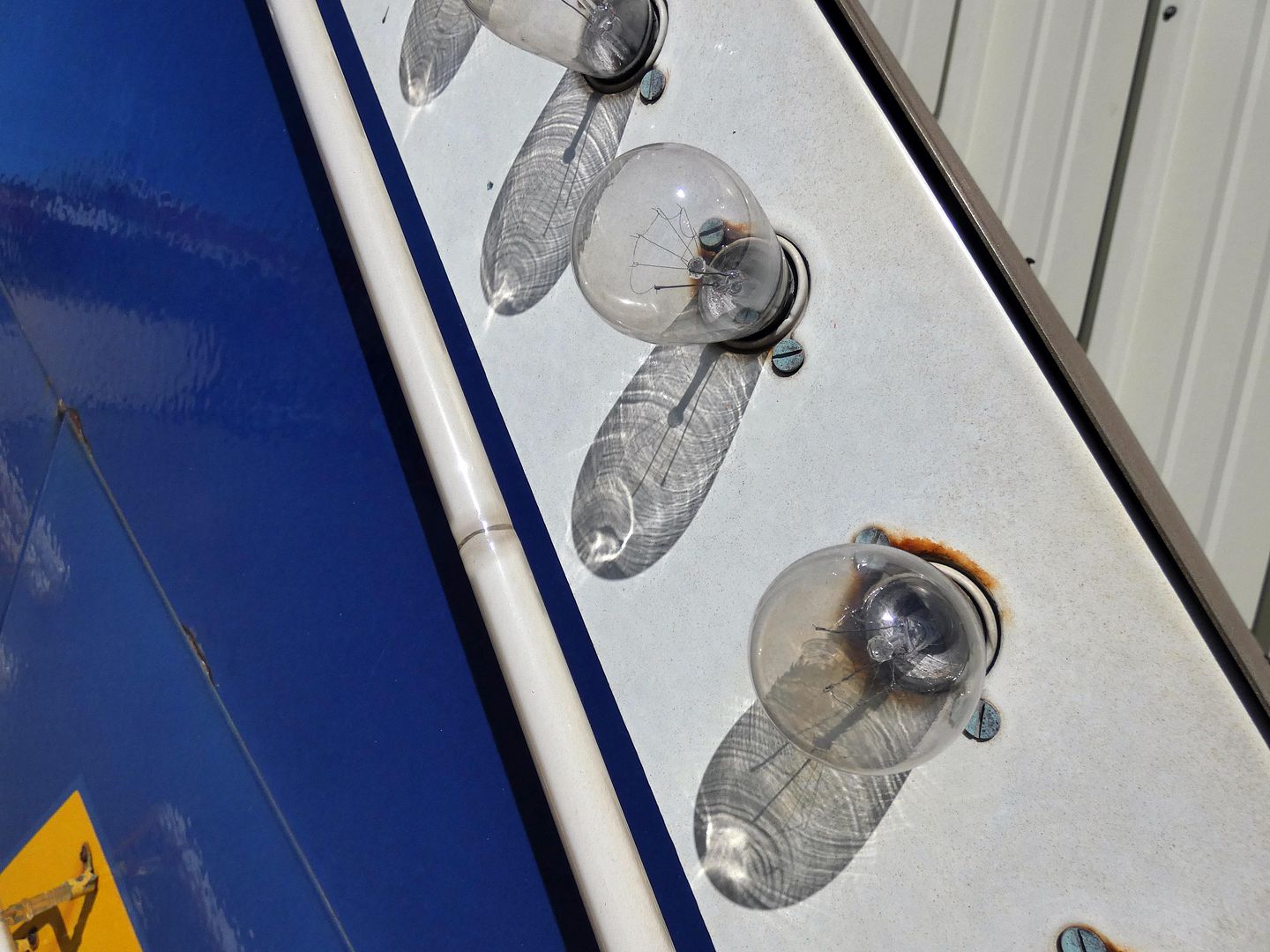
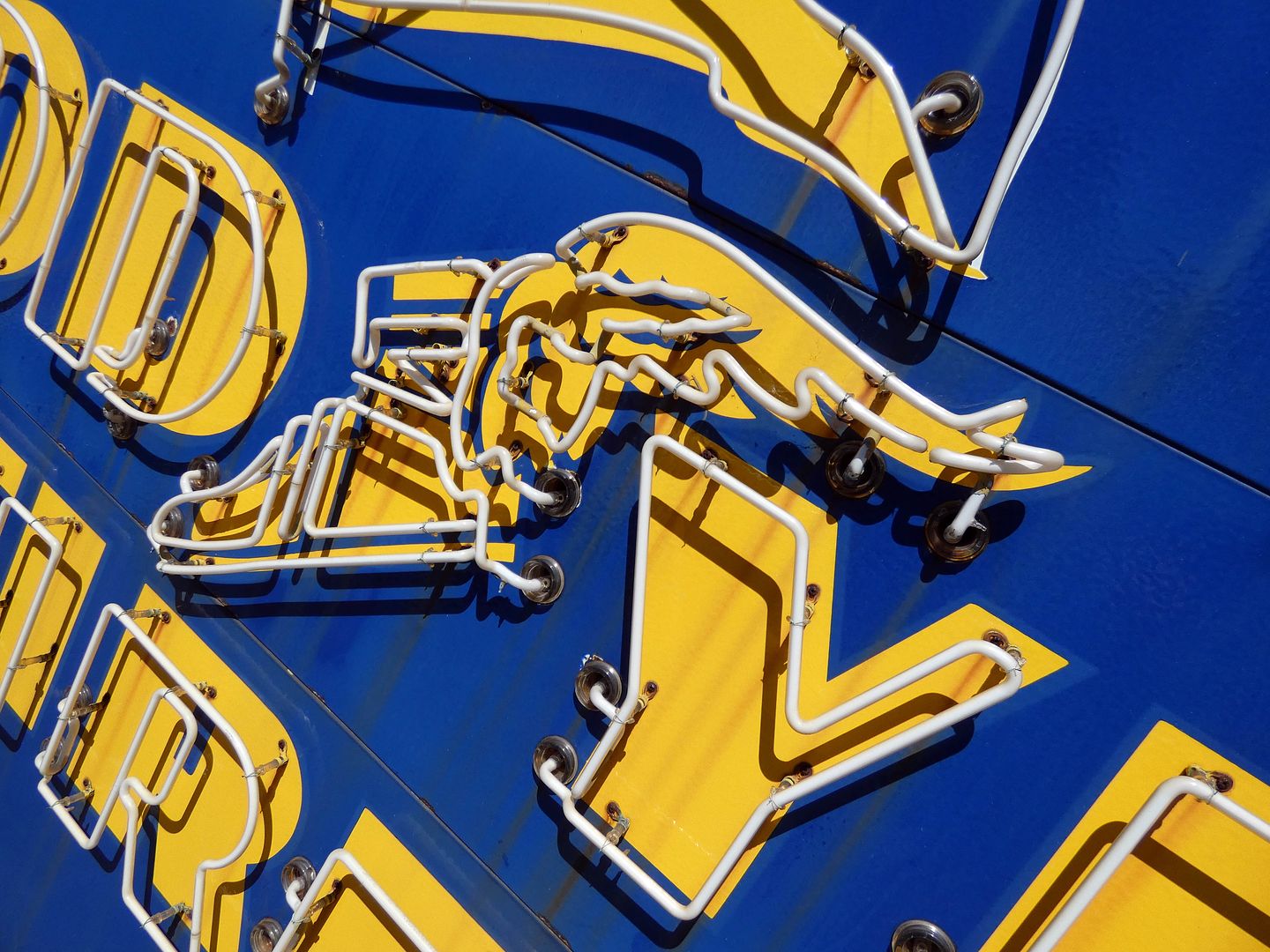

When local businesses have asked Jim to take a sign down and toss it, quite often he's kept it for himself, relit it, and put it on display. His only limitation has been how much space he's got for hanging—and how much weight the building can withstand. (After all, commercial signs could weigh 100 pounds or more.)

It's an interesting showcase for the types of enterprises that Neon Works services—primarily local small businesses and not big chains. The Feed Bag Broiled Burgers, for instance, was a Laurel Heights landmark from at least the early 1950s until it closed in 2004.

In some cases, these neon signs are all that's left of certain Bay Area institutions.

But fortunately, there are still both new and existing businesses that continue to use neon signs to attract customers from the outside and keep 'em dazzled on the inside.

I may not have a personal nostalgia for the bygone businesses of the Bay, but I feel a certain yearning, an aching, when I see these disembodied neon signs.

I'm glad they've been rescued. But it's always better to see them at their original site.

But it's hard to imagine any of today's businesses investing in a 42-foot-long, 1500-pound behemoth like the neon sign from Kirkpatrick's Bakeries. During the 1940s, though, it was par for the course.

One of the deterrents for modern-day business owners might be the challenge of actually getting to certain neon signs that need a little work done. Because if they can't be fixed while they're still hanging, sometimes they require a crane to take them down.

But for anyone who's romanced by the soft glow, entranced by the low electrical buzz, it's worth the effort.

All that high voltage can really inspire a lot of excitement and enthusiasm in a certain type of person.

And whether your favorite color is Ultra-Blue, Pink-White...

...Accent Vanilla or Coral Pink...

...there's a perfect combination of phosphor powder coating and noble gases to make a neon sign that's sure to be right up your alley.

As part of the Neon Speaks tour, we got to go into the workshop and witness a glass blowing demonstration. Although I'd seen this type of work done in person a couple of times before, the whole process is still kind of spellbinding.

During our visit, glassblower Adam Taylor worked his magic on the ribbon burner, sending puffs of air into the glass tube to keep it from collapsing onto itself while he created lettering by hand (and mouth). If you ever see words on a neon sign, you can be sure that they've all been hand-lettered, too.

Rounding out the tour was a visit to the Neon Works "boneyard" of not-yet-restored signs...

...including one from San Francisco's oldest restaurant, the Tadich Grill (which currently displays a more contemporary replica of this one), and another from America's oldest Italian restaurant, Fior d'Italia.

One day, the neon donuts might brightly splash into the neon cup of coffee once again.

For some signs, the boneyard is more or less a waystation and not a graveyard—like for the giant Goodyear Tires signs, which Neon Works is just holding onto as a favor to the business that removed them.

But who knows? Some signs have never been picked up, even years later—and are now part of the studio's permanent collection.

Neon Works is only open to the public once a year—during Neon Speaks. Please don't go knocking on their door unannounced just to try to take a look inside.
They've got important work to do.
Related Posts:

No comments:
Post a Comment